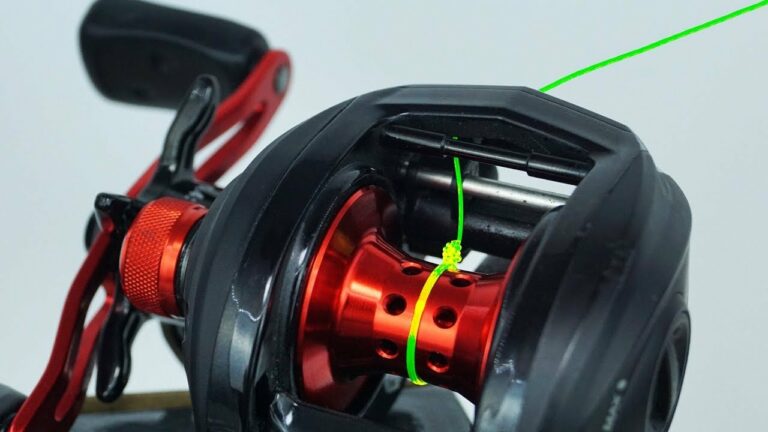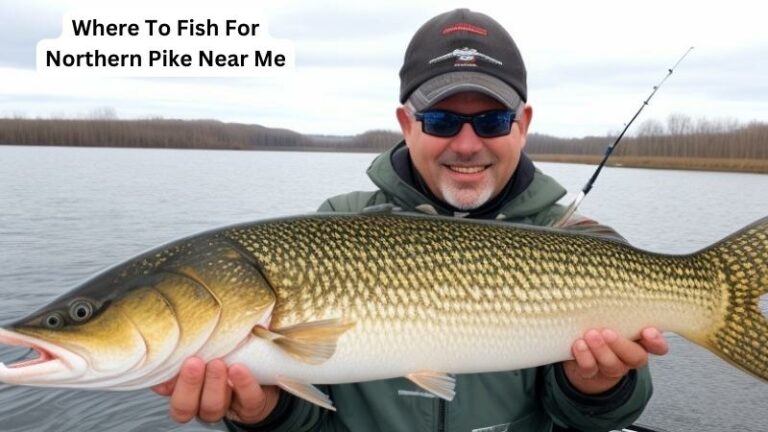Sit In Vs Sit On Top Kayak For Fishing: Which Is Best?
Choosing between a sit-in or sit-on-top kayak for fishing? Look no further! In this article, we’ll compare sit-in vs sit-on-top kayaks, providing all the information you need to make the best decision.
Whether you’re an experienced angler or a novice, we’ve got you covered. Let’s explore the pros and cons of each kayak type to help you find your perfect fishing vessel.
Sit In vs Sit On Top Kayak for Fishing:
When choosing a fishing kayak, deciding between a sit-in or sit-on-top kayak is crucial. Each type has its own pros and cons related to stability, maneuverability, storage, comfort, and safety. Let’s explore them to determine the best kayak for your fishing trips!
1. Sit-In Kayaks:
Sit-in kayaks, as the name suggests, are designed with a cockpit where the paddler sits inside the kayak’s hull. These kayaks usually have a closed deck, meaning that the paddler’s legs are enclosed within the kayak.
Stability:
One of the main advantages of sit-in kayaks is their inherent stability. The paddler’s lower center of gravity and the ability to use their legs to brace against the inside of the kayak provides a sense of stability that can be beneficial, especially in rough waters.
This stability allows for better control and maneuverability, making sit-in kayaks a preferred choice for anglers who venture into challenging conditions.
Maneuverability:
Sit-in kayaks are generally more maneuverable compared to sit-on-top kayaks. The paddler can use their feet and hips to engage in a wide range of maneuvers, making it easier to navigate through tight spaces or around obstacles.
This maneuverability is particularly advantageous when fishing in narrow rivers or areas with dense vegetation.
Storage:
Sit-in kayaks offer better storage options compared to sit-on-top kayaks. The enclosed cockpit provides a dry and secure space for storing your fishing gear, personal items, and accessories.
Additionally, many sit-in kayaks come with bulkheads or hatches that allow for compartmentalized storage, keeping your belongings organized and easily accessible.
Comfort:
While comfort can be subjective, many anglers find sit-in kayaks to be more comfortable for longer fishing sessions.
The seated position inside the kayak provides better support for the lower back and allows the paddler to use their legs for added stability and control.
The enclosed cockpit also offers protection from wind, sun, and water splashes, enhancing overall comfort.
Safety:
Sit-in kayaks are generally considered safer for cold-water fishing or in adverse weather conditions.
The closed deck design provides some protection from the elements, keeping you drier and warmer.
In the event of a capsize, sit-in kayaks can be easier to re-enter and roll back upright due to their lower center of gravity.
2. Sit-On-Top Kayaks
Sit-on-top kayaks, as the name implies, feature an open deck where the paddler sits on top of the kayak. There is no enclosed cockpit, and the paddler’s legs are exposed.
Stability:
Sit-on-top kayaks are known for their excellent initial stability, making them a popular choice for beginners and anglers who prefer a more stable platform.
The wider hull design and flat deck provide a solid and stable base, allowing anglers to stand up for better visibility and casting opportunities.
Maneuverability:
While sit-on-top kayaks may not match the maneuverability of sit-in kayaks, they still offer decent maneuvering capabilities.
They are responsive and easy to turn, making them suitable for navigating calmer waters, lakes, and ponds.
However, they may not be as nimble as sit-in kayaks in challenging conditions or tight spaces.
Storage:
Sit-on-top kayaks often have open storage wells or tank wells on the deck, providing ample space for storing fishing gear, coolers, or other bulky items.
However, the open design means that your gear may be exposed to water splashes, and you may need to use dry bags or containers to protect your belongings.
Comfort:
Sit-on-top kayaks are generally more spacious and offer a more open seating experience.
This open deck design allows for greater freedom of movement, making it easier to get on and off the kayak or switch fishing positions.
The absence of an enclosed cockpit also means that you have more legroom and can stretch your legs as needed.
Safety:
Sit-on-top kayaks are considered safer for warm-water fishing and leisurely paddling. In case of a capsize, they are easy to climb back onto, and there is no risk of getting trapped inside the kayak.
Sit-on-top kayaks also tend to be self-bailing, meaning that any water that splashes onto the deck drains out through scupper holes, ensuring the kayak stays afloat.
Sit On Top Versus Sit Inside | Selecting a Fishing Kayak
Faqs for Sit In Vs Sit On Top Kayak For Fishing:
1. What is the difference between a sit-in and a sit-on-top kayak for fishing?
A sit-in kayak is enclosed with a cockpit that you sit inside, while a sit-on-top kayak has an open design where you sit on top of the kayak. The main difference lies in the seating position and overall construction.
2. Which type of kayak is better for fishing: sit-in or sit-on-top?
The choice between a sit-in and sit-on-top kayak for fishing depends on personal preferences and specific needs.
Sit-in kayaks offer better protection from the elements, increase maneuverability, and are generally faster.
Sit-on-top kayaks, on the other hand, provide easier entry and exit, and better stability, and are self-bailing in case of water splashes or waves.
3. Can you fish from a sit-in kayak?
Yes, it is possible to fish from a sit-in kayak. However, the enclosed cockpit might limit your mobility and make it more challenging to access your gear.
Additionally, sit-in kayaks may not offer as much space for equipment storage compared to sit-on-top kayaks.
4. Are sit-on-top kayaks more suitable for beginners?
Yes, sit-on-top kayaks are generally considered more beginner-friendly. They provide greater stability, making it easier to maintain balance and confidence on the water.
The open design also allows for easier boarding and exiting, which can be beneficial for those new to kayaking.
5. Can I use a sit-in kayak for fishing in rough waters?
While sit-in kayaks are generally more maneuverable, using them in rough waters for fishing can be challenging.
The enclosed design and lower stability compared to sit-on-top kayaks may make it more difficult to handle waves and maintain balance.
It’s important to assess your skill level and the conditions before venturing into rough waters with a sit-in kayak.
6. Do sit-in kayaks offer better protection from the elements?
Yes, sit-in kayaks provide better protection from the elements compared to sit-on-top kayaks. The enclosed cockpit helps shield you from wind, sun, and water splashes.
This can be especially beneficial in cooler weather conditions or when paddling in areas with strong winds or waves.
7. Can I stand up and fish from a sit-on-top kayak?
Yes, certain sit-on-top kayaks are designed with stability features that allow you to stand and fish.
These kayaks typically have a wider hull and a flatter deck, providing a more stable platform.
However, it’s important to practice proper balance and stability techniques to ensure your safety while standing on a kayak.
Final Thoughts
The choice between a sit-in and sit-on-top kayak for fishing depends on personal preference and fishing needs. Sit-in kayaks offer better protection from the elements and are suitable for rough water. They have a lower center of gravity for stability. Sit-on-top kayaks allow more freedom of movement, easy access to gear, and fishing in shallow waters. Consider fishing style, comfort, and local water conditions when choosing. Prioritize safety, comfort, and specific fishing needs.

